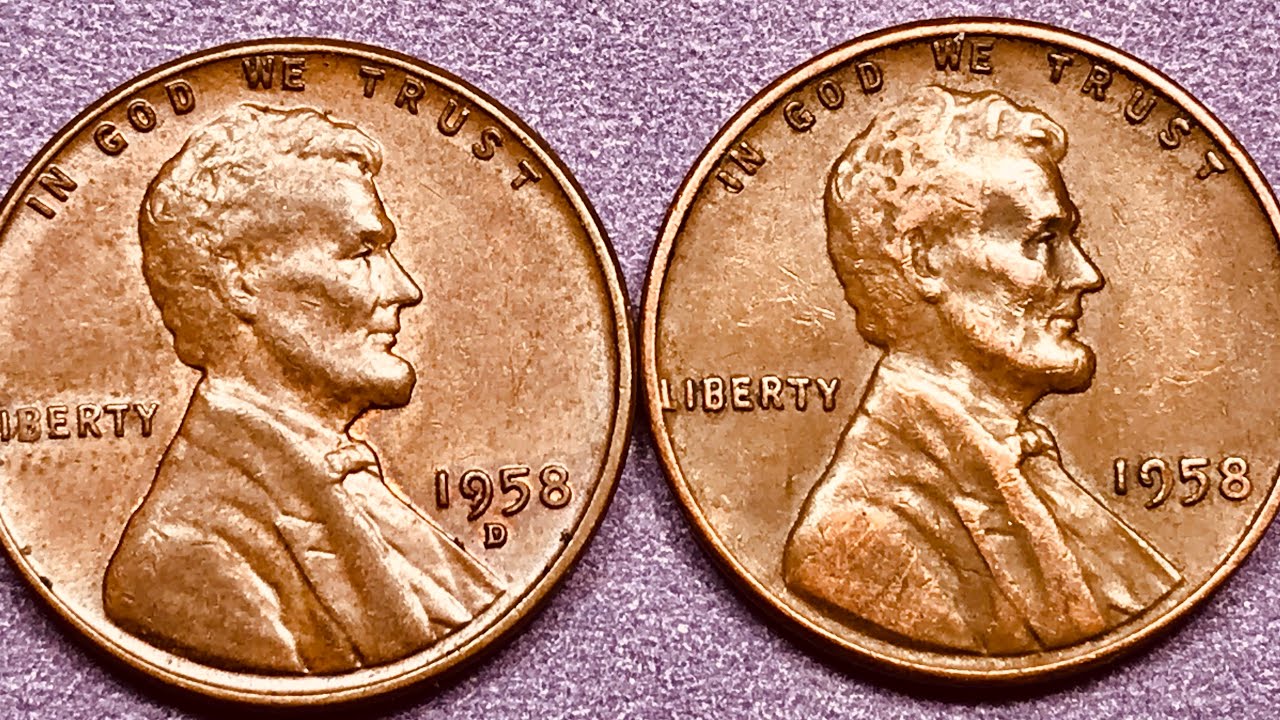The Lincoln Wheat Penny has become a legendary symbol in the world of coin collecting. First minted in 1909 and produced until 1958, these coins were once an everyday sight in American pockets. But among the millions minted, a few rare errors stand out—most notably, the famous 1943 bronze Lincoln Wheat Penny, valued at up to $5 million. Let’s explore why this coin is so valuable, how it came to exist, and whether you might be lucky enough to find one in your spare change.
Wartime Mistake That Made History
In 1943, during the height of World War II, the U.S. Mint switched from copper to zinc-coated steel for penny production. This change was made to conserve copper for wartime needs like ammunition and communication equipment. But a few leftover copper blanks from 1942 accidentally made it into the minting machines. The result? A tiny number of 1943 pennies were struck on copper instead of steel, creating one of the rarest error coins in U.S. history.
Why the 1943 Bronze Penny Is So Valuable
The 1943 bronze Lincoln Wheat Penny’s astronomical value is due to its extreme rarity—fewer than 20 genuine coins are known to exist. When one appears at auction, it sparks a frenzy among collectors. Add historical significance, condition, and growing public interest, and you have a coin that can fetch millions.
How to Identify a 1943 Bronze Lincoln Penny
Think you’ve found one? Here are some quick tests to help you spot a potential 1943 bronze penny:
- Date Check: The coin must clearly show the year 1943 with no signs of tampering.
- Magnet Test: A genuine bronze penny will not stick to a magnet, unlike the steel version.
- Color & Weight: Bronze pennies have a reddish-brown tone and weigh around 3.11 grams (steel ones weigh 2.7 grams).
If your coin passes these tests, it’s worth getting it authenticated by a professional.
Authentication Is Key
With countless fakes and altered coins in circulation, only professional grading can confirm authenticity. Trusted services like the Professional Coin Grading Service (PCGS) or Numismatic Guaranty Corporation (NGC) offer expert evaluations and certifications. Without this verification, even a genuine coin could be dismissed by serious buyers.
Preserve Before You Profit
If you think you’ve found a rare coin, resist the urge to clean or polish it. Cleaning can significantly reduce a coin’s value by removing its natural patina or damaging the surface. Instead, store it in a non-PVC coin holder and avoid handling it with bare hands. Use cotton gloves and keep it in a cool, dry environment.
Other Valuable Lincoln Wheat Pennies
While the 1943 bronze penny gets most of the attention, there are other Lincoln Wheat Pennies worth thousands:
- 1909-S VDB: Only 484,000 were minted in San Francisco, featuring the designer’s initials. These coins can sell for over $300,000.
- 1955 Double Die: Due to a minting error, the date and lettering appear doubled. Well-preserved examples can fetch tens of thousands.
The Treasure Hunt Continues
The idea that a $5 million coin might still be out there has ignited a nationwide search. From change jars to inherited coin collections, people are scanning every penny in hopes of striking gold—literally. Even though the odds are incredibly slim, the excitement has brought more people into the world of numismatics and preserved countless historical coins in the process.
Historical Value Beyond Money
The 1943 bronze penny is more than a valuable collector’s item—it’s a tangible piece of wartime history. It reminds us how even the smallest objects, like a penny, can tell powerful stories of sacrifice, adaptation, and human error during critical moments in American history.
Set Realistic Expectations
While the dream of finding a multi-million-dollar penny is exciting, collectors should focus on education and authenticity. Understanding mint marks, error types, and historical context will help you build a collection that’s valuable in every sense of the word. Start with known rare coins, verify their origins, and always seek expert guidance when in doubt.
Disclaimer
This article is intended for informational purposes only and should not be considered financial or investment advice. Coin values fluctuate with market conditions and should always be verified through professional authentication. If you believe you’ve found a rare coin, consult a certified numismatic expert before taking any action.
FAQs: The $5 Million Lincoln Wheat Penny
Is a $5 million Lincoln Wheat Penny really out there?
Yes, but it’s extremely rare. Only a few 1943 bronze Lincoln Wheat Pennies exist, and one could, in theory, still be undiscovered in circulation.
Why is it worth so much?
It’s a rare minting error—made in bronze during a year when pennies were supposed to be made of steel due to World War II copper conservation. That rarity, combined with historical significance, drives its value.
How do I know if I have one?
Look for a 1943 penny that’s copper-colored, doesn’t stick to a magnet, and weighs about 3.11 grams. If you suspect it’s real, get it authenticated by PCGS or NGC.
